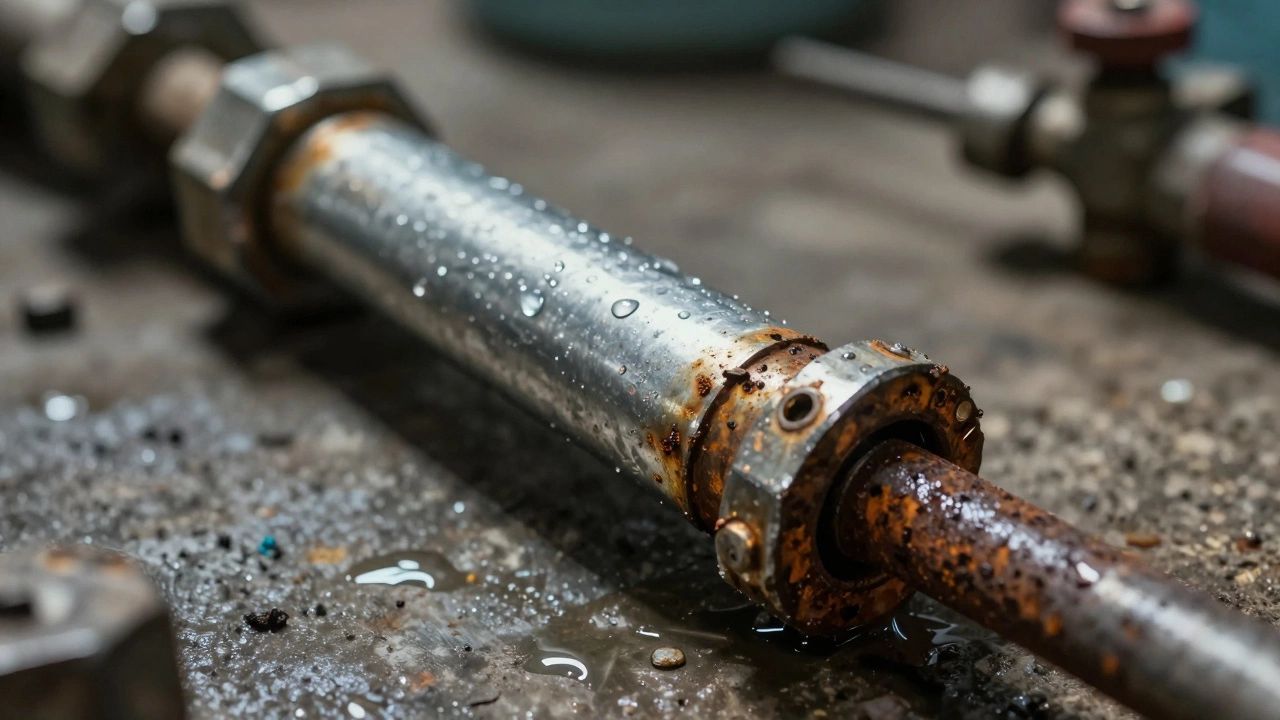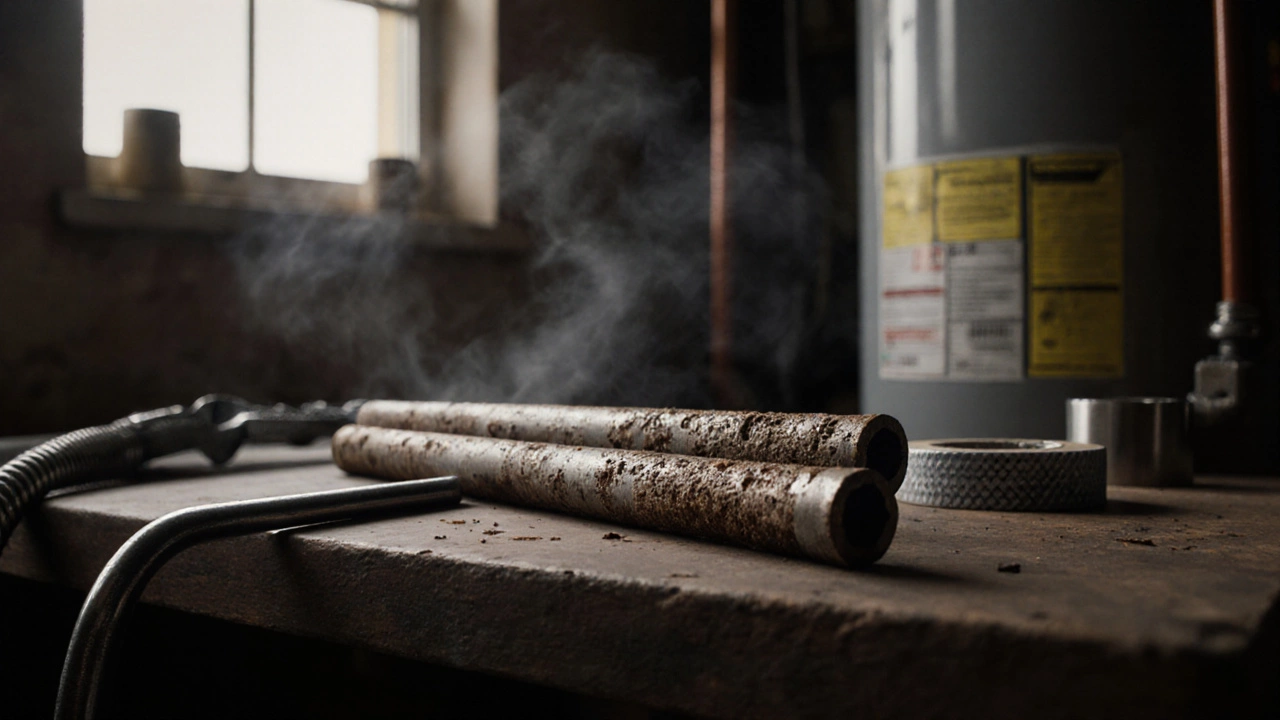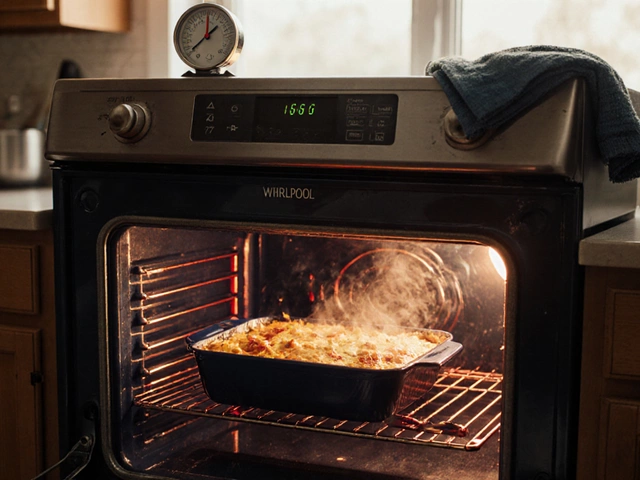Extractor Fan Risks: What Happens if You Don't Use Your Extractor Fan?
July 24 2025Replace Anode Rod: What You Need to Know Before You Start
When you hear replace anode rod, a sacrificial metal rod inside your water heater that protects the tank from rust. Also known as a magnesium rod, it’s the unsung hero keeping your water heater alive. Without it, the tank corrodes from the inside out—fast. Most people don’t know it exists until their heater starts leaking. And by then, it’s too late.
The water heater anode rod, a long steel rod coated in magnesium, aluminum, or zinc works by attracting corrosive elements in the water. It eats away instead of your tank. Think of it like a battery—when it’s gone, the tank becomes the next target. Most rods last 3 to 5 years, but hard water or high usage can kill it in under two. If you haven’t checked yours since you moved in, it’s probably dead.
Replacing it isn’t a job for pros only. You don’t need fancy tools—just a socket wrench, some Teflon tape, and a few hours. The real trick? Doing it before the tank starts dripping. A new rod costs under $50. A new water heater? Over $1,000. That’s why water heater maintenance, a simple annual check of the anode rod and drain valve saves more money than any warranty.
Some folks think if the water still heats up, the tank’s fine. But rust doesn’t care about hot water—it only cares about time and minerals. If your water smells like rotten eggs, that’s not just a bad batch. It’s sulfur reacting with a dead anode rod. If you see rust flakes in your taps, that’s your tank shedding its lining. Both are signs you waited too long.
You’ll find guides online that say to replace it every year. That’s overkill. But waiting until the tank leaks? That’s a mistake. The sweet spot is checking it every two years. Pull it out, look at the thickness. If it’s less than half its original size, swap it. If it’s coated in calcium or looks like a burnt-out fuse, replace it now. No excuses.
And don’t assume all rods are the same. Magnesium works best in soft water. Aluminum is better for hard water. Zinc helps with the sulfur smell. Get the wrong one, and you’re not fixing the problem—you’re just buying time. Most home centers carry all three. Ask for help. It’s not rocket science.
Here’s the truth: no one talks about the anode rod because it’s boring. But it’s the single most cost-effective thing you can do for your water heater. Skip it, and you’re gambling with your basement. Do it, and you could add five extra years to your tank’s life. That’s not a repair. That’s a smart move.
Below, you’ll find real-life guides on diagnosing water heater issues, understanding repair costs, and deciding when to fix versus replace. Some of these posts show exactly how to pull out a stubborn anode rod. Others explain why your water smells bad or how hard water kills your heater faster. They’re not theory. They’re what actual homeowners and technicians have seen—over and over again.
 15 Dec
15 Dec
How Often Should You Replace the Anode Rod in a Water Heater?
Replace your water heater's anode rod every 3-5 years to prevent tank corrosion. Check it every 2 years-rusty water or bad smells mean it’s time. A simple fix saves thousands.
Read More... 6 Nov
6 Nov
How Much Does It Cost to Replace the Anode Rod in a Water Heater?
Replacing your water heater's anode rod costs $50-$350, depending on whether you DIY or hire a pro. It’s a simple fix that can extend your heater’s life by years and prevent costly leaks.
Read More...



